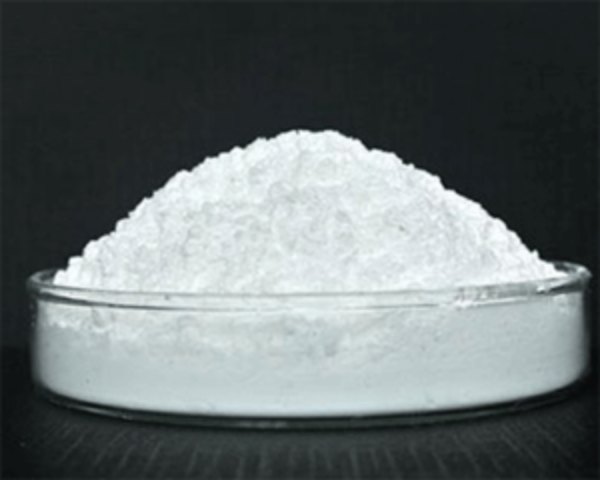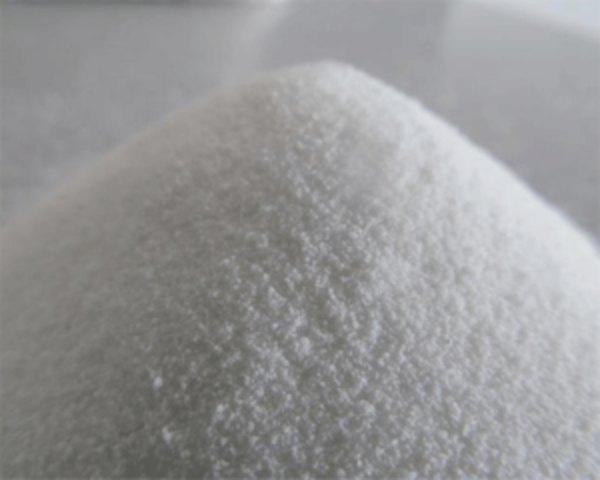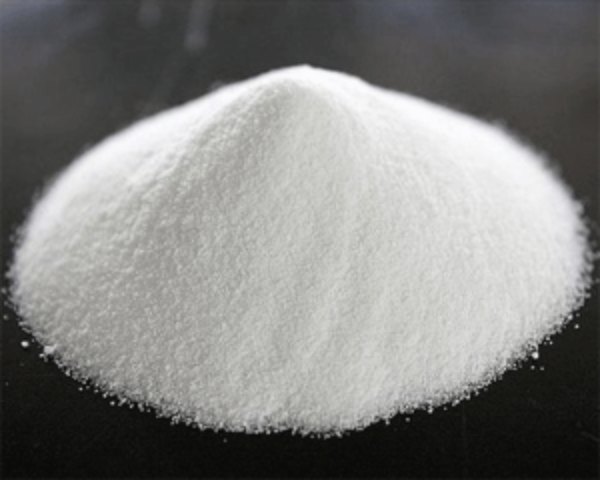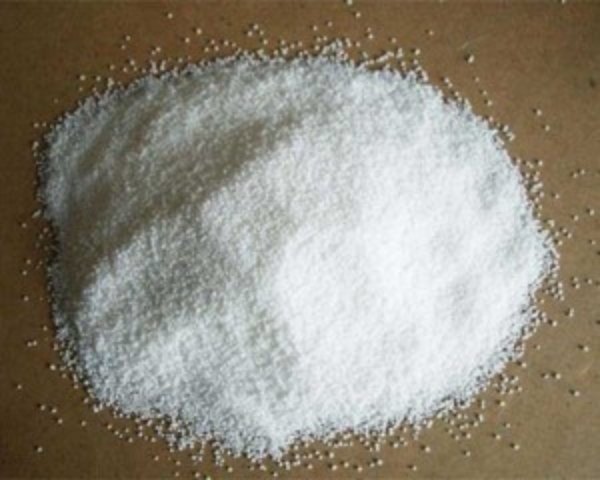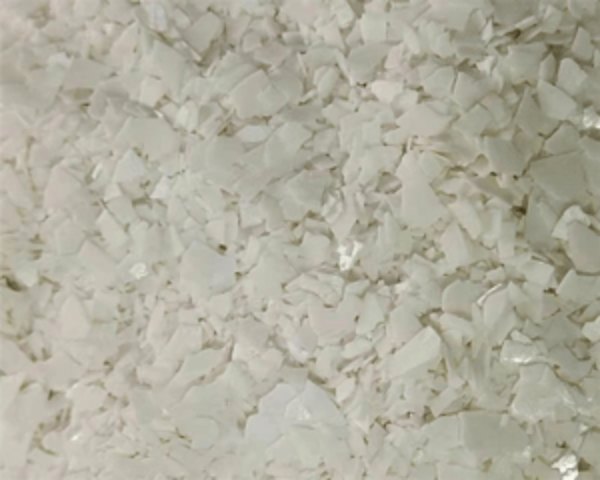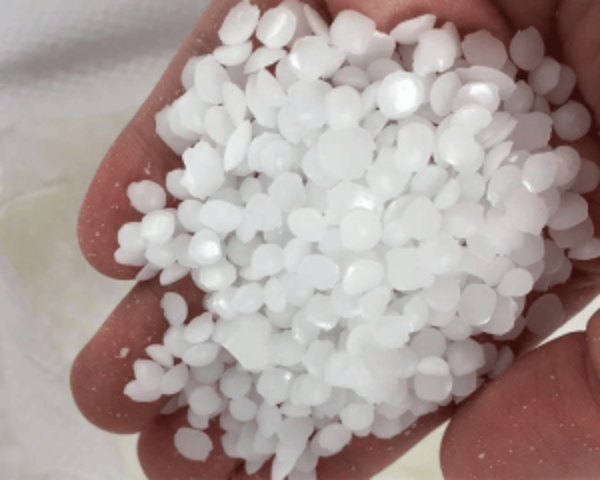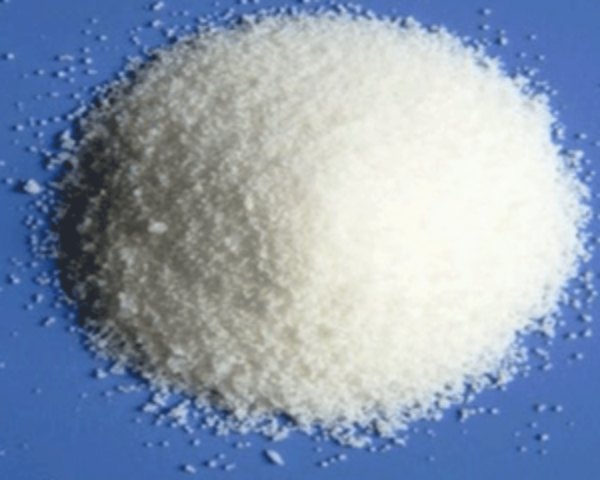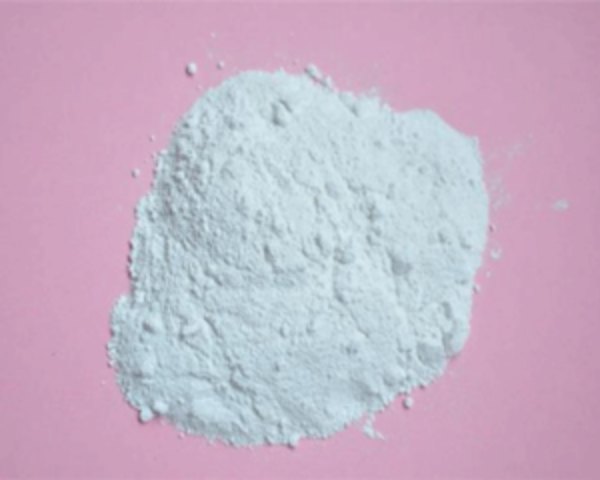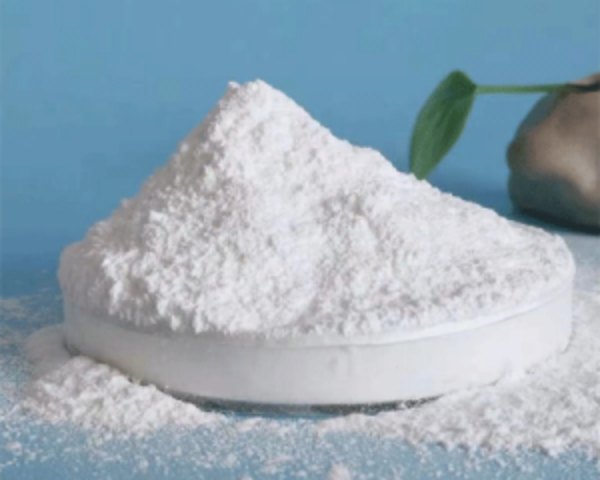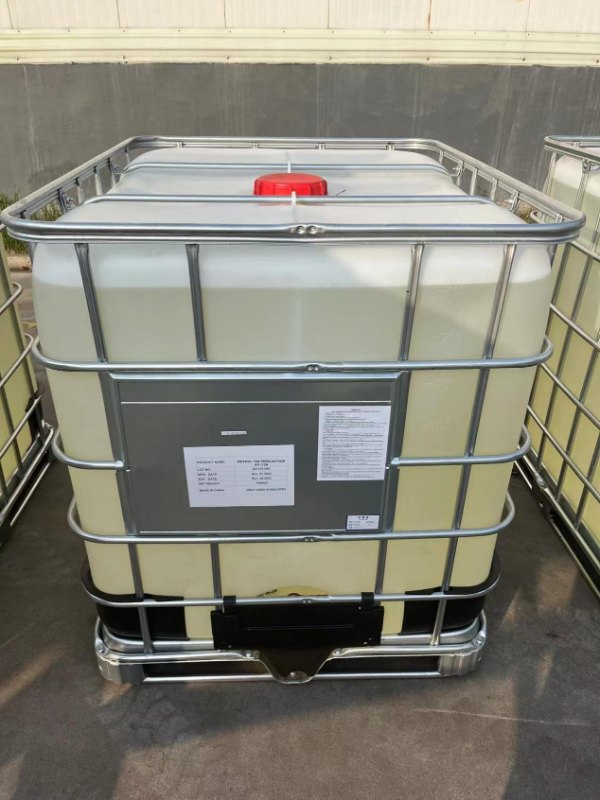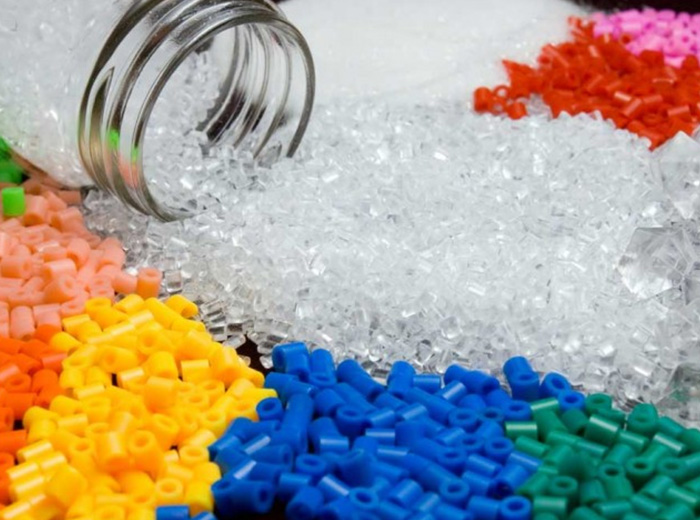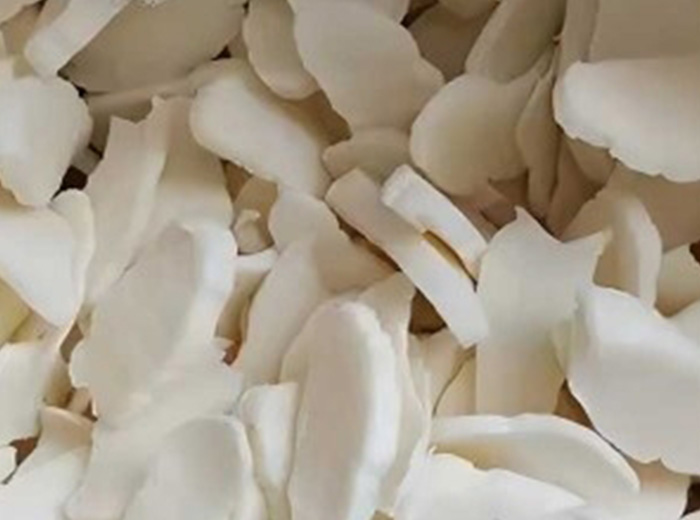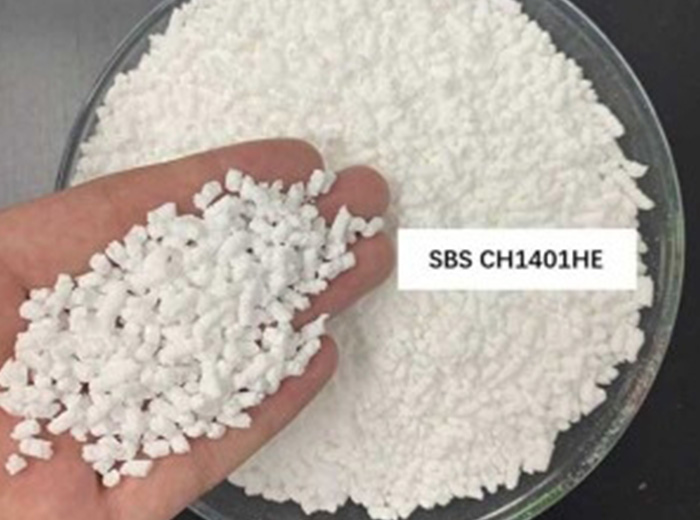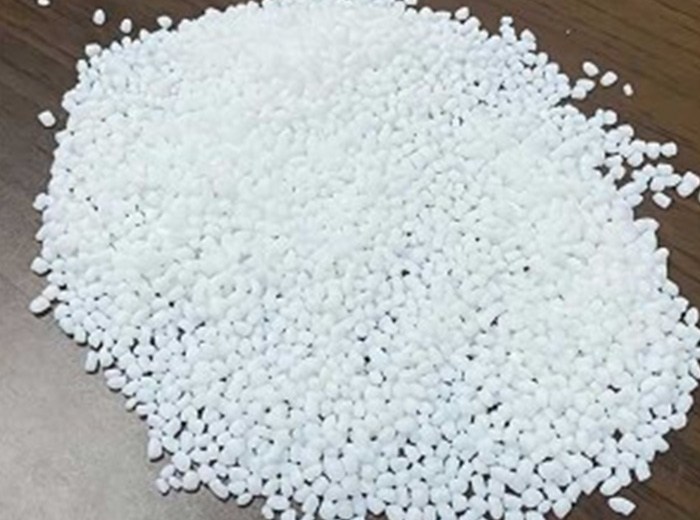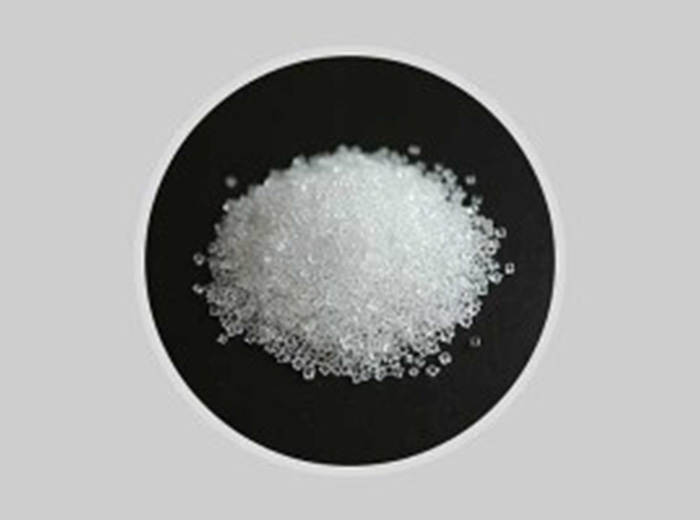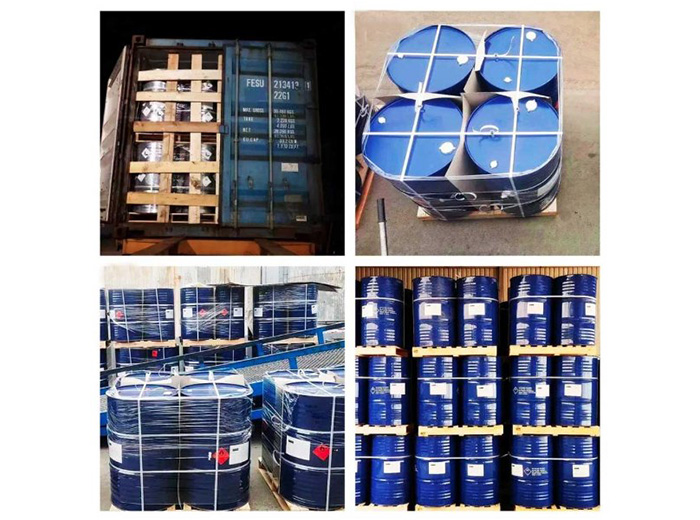Characteristics: Plastic Additive
- Processing Aid: Facilitates smoother processing by reducing friction and improving the flow of molten plastic during manufacturing, leading to increased efficiency and reduced energy consumption.
- Stabilization: Protects plastic materials from degradation caused by heat, light, and oxygen, thereby extending the service life and preserving the integrity of plastic products.
- Flame Retardancy: Enhances the fire resistance of plastic materials, crucial for applications where fire safety is a primary concern, such as in construction and electronics.
- Coloration: Enables precise color control and uniform pigment dispersion, allowing for the creation of visually appealing and customized plastic products.
- Impact Modification: Improves the toughness and impact resistance of plastics, making them suitable for applications requiring durability, such as in automotive components.
- UV Resistance: Shields plastic materials from the harmful effects of ultraviolet (UV) radiation, preventing discoloration, degradation, and loss of mechanical properties over time.
- Antistatic Properties: Mitigates the buildup of static electricity on plastic surfaces, reducing dust attraction and improving the usability of plastic products in various environments.
What is Plastic Additive
Plastic Additive is an integral components in the plastics industry, enhancing the performance, durability, and versatility of plastic materials. These additives are carefully formulated to address specific characteristics, ensuring that plastic products meet the diverse demands of various applications. From improving processing efficiency to enhancing end-product properties, plastic additives play a crucial role in the evolution of modern plastic manufacturing. It also promotes environmentally friendly practices by facilitating the degradation of plastic materials, contributing to sustainability efforts in the plastics industry.
Characteristics: Plastic Additive
- Processing Aid: Facilitates smoother processing by reducing friction and improving the flow of molten plastic during manufacturing, leading to increased efficiency and reduced energy consumption.
- Stabilization: Protects plastic materials from degradation caused by heat, light, and oxygen, thereby extending the service life and preserving the integrity of plastic products.
- Flame Retardancy: Enhances the fire resistance of plastic materials, crucial for applications where fire safety is a primary concern, such as in construction and electronics.
- Coloration: Enables precise color control and uniform pigment dispersion, allowing for the creation of visually appealing and customized plastic products.
- Impact Modification: Improves the toughness and impact resistance of plastics, making them suitable for applications requiring durability, such as in automotive components.
- UV Resistance: Shields plastic materials from the harmful effects of ultraviolet (UV) radiation, preventing discoloration, degradation, and loss of mechanical properties over time.
- Antistatic Properties: Mitigates the buildup of static electricity on plastic surfaces, reducing dust attraction and improving the usability of plastic products in various environments.
CHEMBROAD Plastic Additive
More Plastic Additive Types and Applications
Calcium stearate is a compound consisting of calcium and stearic acid. It is commonly used as a stabilizer and lubricant in various industries, including plastics, rubber, and pharmaceuticals. This white, powdery substance serves as an effective mold release agent and helps prevent adhesion during processing. Additionally, calcium stearate is employed as a flow agent and anti-caking agent in certain powder formulations.
Our company produce environmental Composite stabilizer, through the design of formulation optimization, the static stability and dynamic stability are very good, and with excellent processing performance. lt is applicable for pipes, pipe fittings,special-shaped materials, sheet, foaming products and a variety of PVC products such as wire and cable production.
This thermoplastic elastomer lacks a regular structure, being nearly entirely non-crystalline. Characterized by a low plasticizing temperature and Mooney viscosity, it exhibits outstanding processing properties. Additionally, it demonstrates excellent temperature and weathering resistance, along with notable resistance to perturbation and fire-retardant qualities.
In the plastic industry, GMS serves as a versatile component, functioning as a release agent, plasticizer, and antistatic agent. Particularly noteworthy is its role as an antishrinking agent for plastic foamed products. In composite lead salt stabilizers, GMS becomes an essential lubricant. With a non-ionic surfactant nature and an HLB value of 3.6-4.0, GMS finds widespread application as an emulsifier, dispersant, stabilizer, and thickener in the realms of essence, spices, and food.

